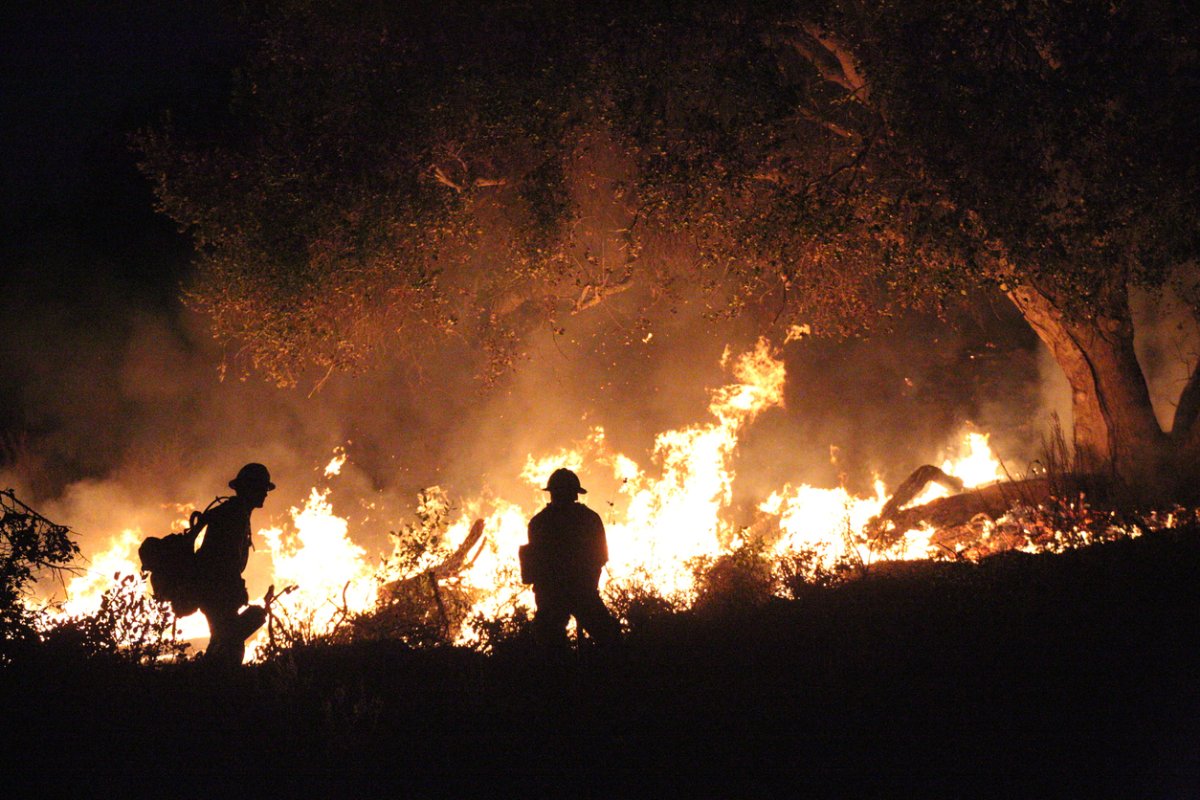We may earn revenue from the products available on this page and participate in affiliate programs. Learn More ›
Climate change is a reality—and a sad one at that for many. Wildfires and other natural disasters have led some insurance companies to start declining to offer insurance in some locations that are prone to destructive events. If you’re looking to purchase a home in one of these fire-prone regions, you’ll want to do some research to confirm that you can find an insurance company willing to provide coverage for the property, and then hope that they don’t drop coverage in the future.
If you already own a home in one of these regions, your current coverage should help you repair damage that has already occurred. Still, there is no guarantee that your insurance provider will continue your policy through the next big fire.
RELATED: 9 Ways Natural Disasters Are Changing Your Local Building Codes
1. Montecito, California
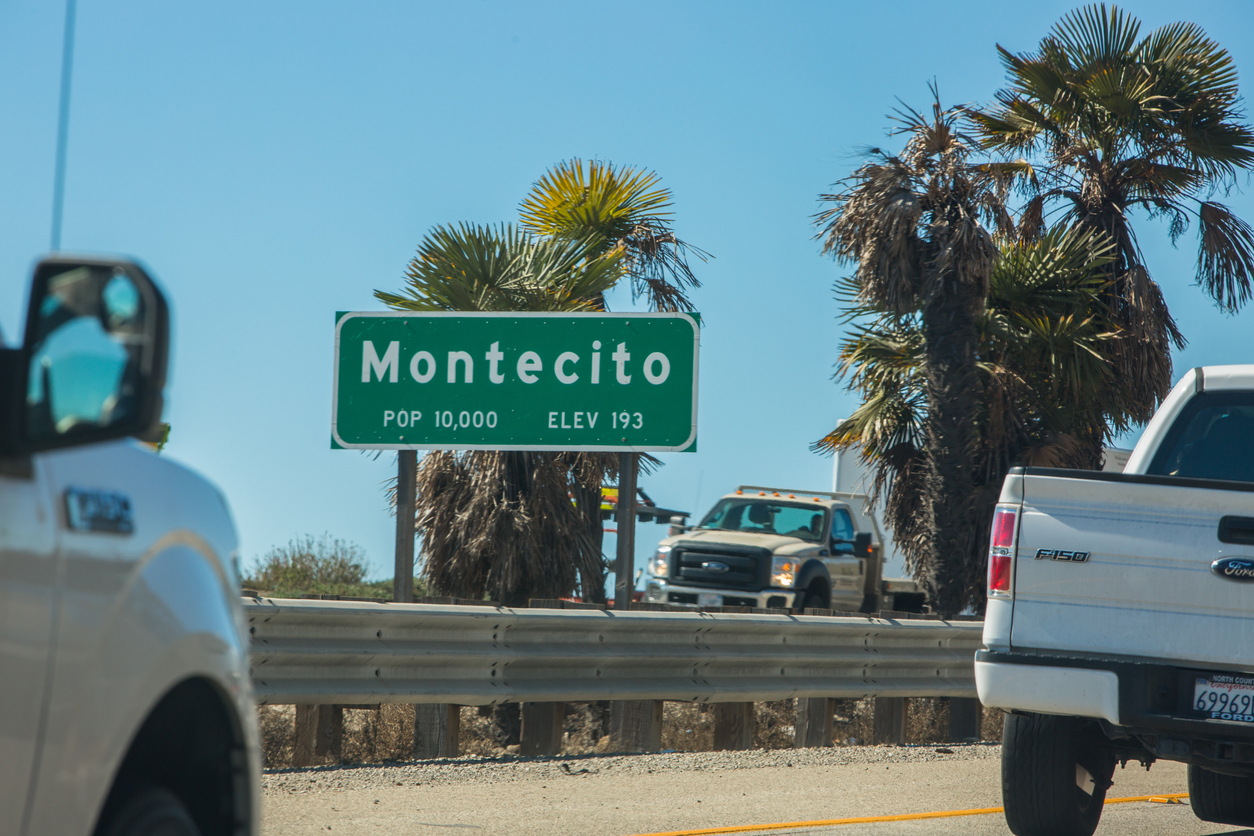
Many areas of Santa Barbara County in California, including Montecito, are seriously threatened by wildfires. Today, several insurance companies will not offer policies for some homes in the region, and insurance denials are only more likely to increase as more properties are impacted by wildfires.
Montecito’s residences are at risk for wildfires due to prolonged drought and because of the high winds and dense greenery throughout the city. Many insurance providers have experienced major profit losses after paying out so much for the devastating fires throughout the state over the past several years. They are becoming increasingly reluctant to issue coverage to higher risk homes.
RELATED: 7 of the Best Homeowners Insurance Companies Today, Vetted
2. Santa Rosa, California
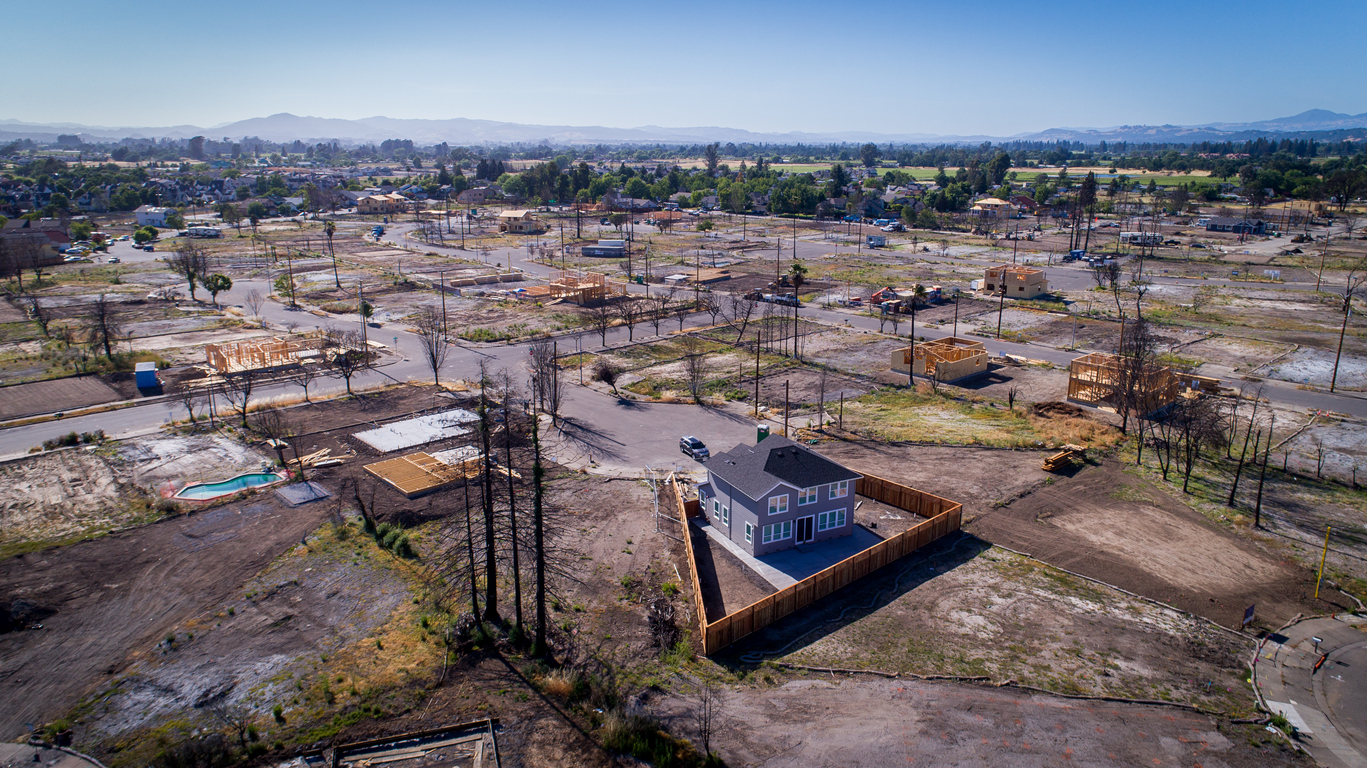
Santa Rosa is another city in California where it is becoming more and more difficult to get insurance coverage for some homes. Following the 2017 Tubbs fire, many residents of the city suffered devastating losses. Some have rebuilt following this tragedy, but face the possibility of losing coverage if their insurance company decides the risk of future wildfires is too great. Local officials are looking at ways to mitigate wildfire risk in areas like Sonoma County and to help homeowners know what steps they can take to better protect their homes.
RELATED: How to Protect Your Property From Wildfires
3. Boulder, Colorado
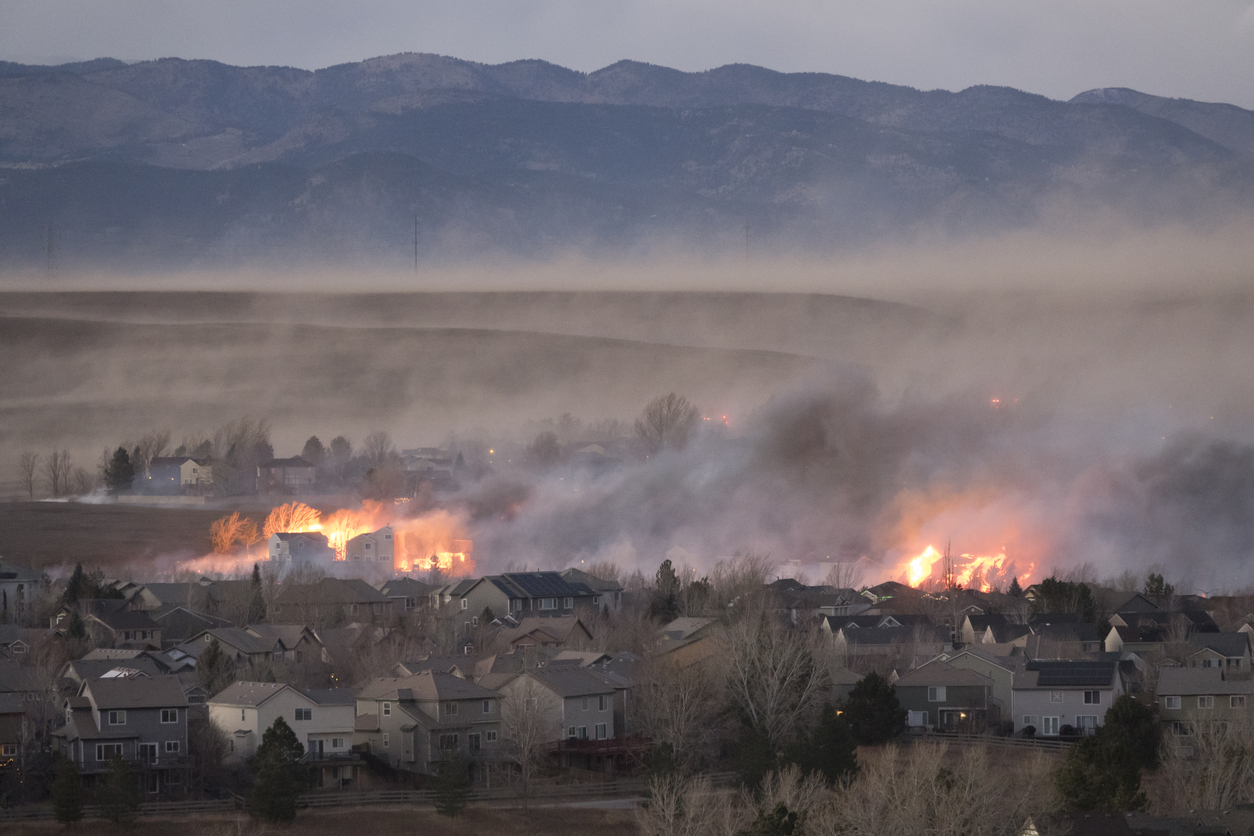
Some residents in the Boulder, Colorado, area also find themselves facing the threat of losing—or already having lost—their insurance. When insurance assessors evaluate a property, many are recommending dropping coverage if the property is surrounded by forests. Wooded lots are much more likely to be engulfed by fire and allow the fire to spread, and some insurance companies just don’t want to take the risk.
Those individuals who can get coverage may find themselves paying higher premiums. An insurance company could also make coverage contingent on the homeowner mitigating some risk by cutting back or cutting down trees on their property.
4. Paradise, California
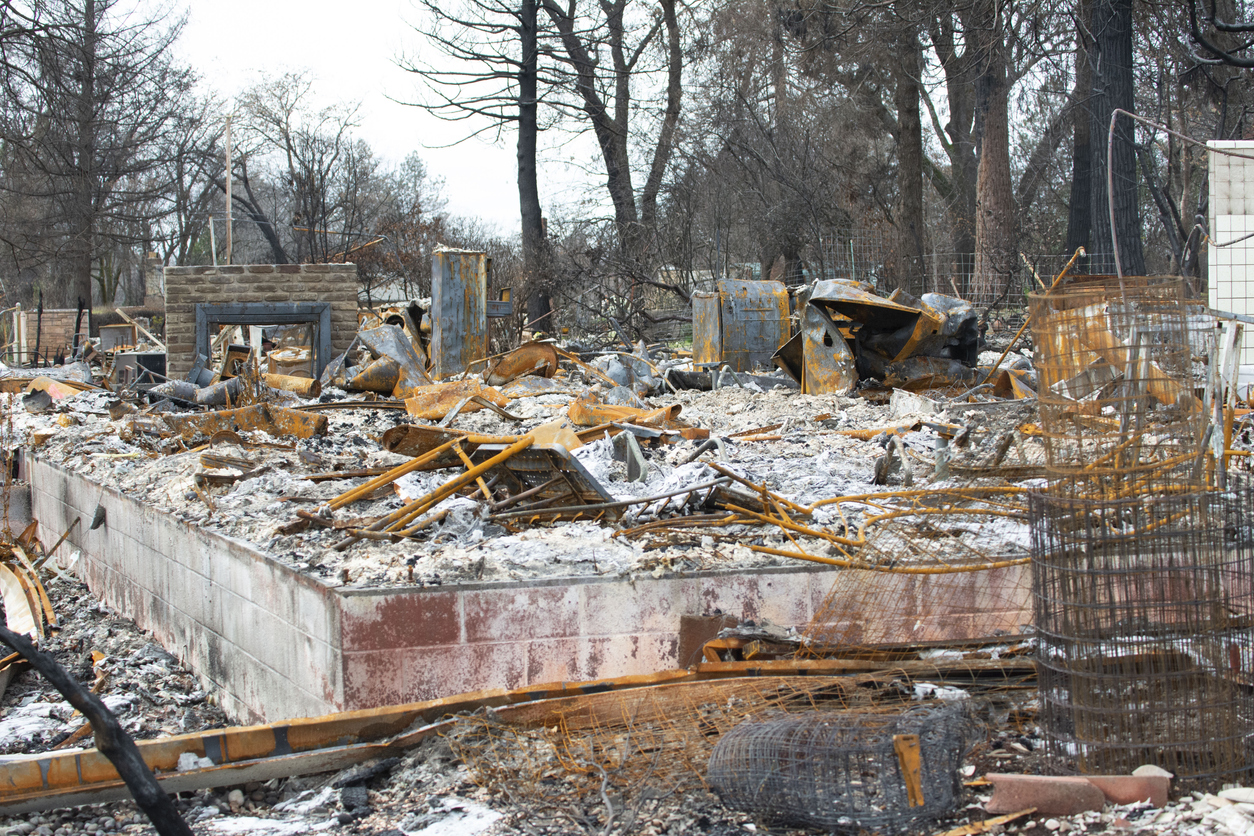
Paradise, California was devastated by the Camp Fire in 2018. Sadly, after the fire had been extinguished, some residents were given even more devastating news: their insurance company would not be renewing their policy. This was true even for some homes that were not damaged by the flames. A relatively new state law can protect coverage, but only ensures it for a year following its wildfire survival, and 2 years of coverage for those who must rebuild.
5. Bend, Oregon

The Oregon Wildfire Risk map was updated recently, and although insurance companies in the area aren’t yet using this map to adjust insurance rates—or even drop coverage for individuals in riskier areas—there is no guarantee that this will continue. Bend is among the regions in the state at the greatest risk of wildfires. Approximately 120,000 homes and lots across the state of Oregon are located in areas considered at a high risk of fire. There could be serious implications for thousands across the entire state of Oregon over the coming years, including their insurance rates and availability.
6. La Cañada, California
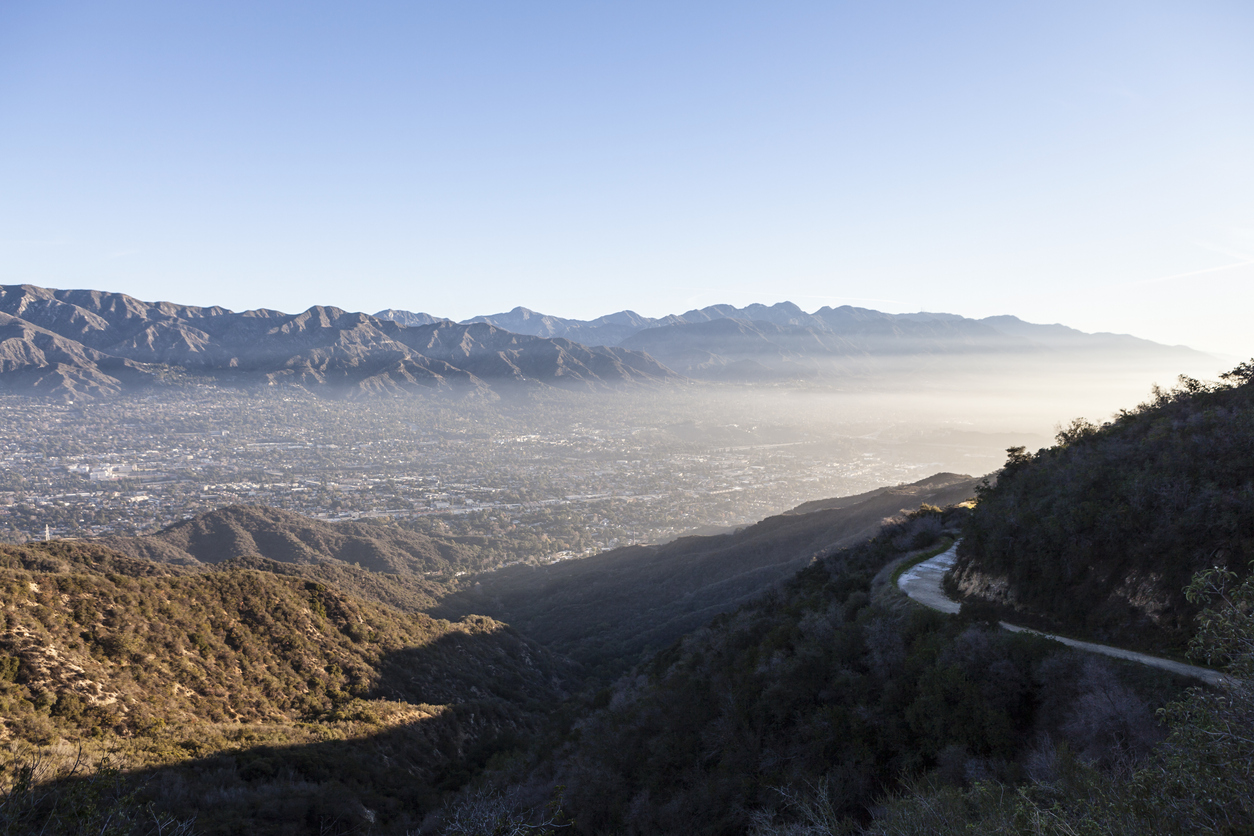
Located in the foothills of the Verdugo Mountains, La Cañada, California is also becoming increasingly difficult to insure. While insurance coverage has been more expensive in this area over the past several years, some insurance companies are declining to provide coverage in select neighborhoods. This is particularly true for homes that are too close to brush zones, which are more likely to be impacted by a wildfire.

